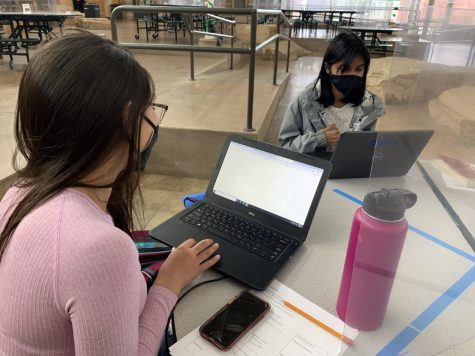Coronavirus brings the winds of change
75,000 Americans are at risk for suicide or overdose during the coronavirus outbreak.
Since the coronavirus, America has endured what can only be described as a series of monumental tribulations. From stay-at-home orders to forced isolations, we have been segregated from the world around us like never before in modern times. Its impacts on the economy, mental health, and families around the globe have lived up to mainstream media’s often inflated image of the crisis.
Among the many concerns of individuals living in the modern age, mental health has always been one of the leaders; as we have experienced a rapid progression in technology, we have also inadvertently produced a torrent of psychological issues that can only be described as epidemics unto themselves. Epidemics that have been exacerbated by their all too real counterpart in the coronavirus. According to a poll among 3100 WebMD readers, 26% of them reported a sense of trauma from the coronavirus, and more than half of all Americans reported the stress from the coronavirus has produced, or worsened, mental health conditions. This has led to a projected spike in suicides across the US according to CBS and other major news outlets. A tragedy that likely could not have been prevented. It is human nature to only fix something if it is broken, and while our response system was poor, there had been no need to have extensive measures in the past.
The coronavirus is not something that should be a surprise for the world; with our style of living in close quarters and environmental practices it was only a matter of time until a disease such as COVID-19 appeared and swept across the globe. It happened back in the late 2000’s with the swine flu which, while nowhere near as deadly, should have served as a warning for the world. This warning was ultimately not heeded on account of its severity; it was not like the spanish flu and did not warrant such an aggressive response. Realistically, the coronavirus’ severity is rather tame; if we had a highly contagious strain of bird flu we would be looking at tens of millions of deaths. It is for this reason that the coronavirus spreads so easily: it produces asymptomatic patients, it acts like the common cold for most, and attacks a specific demographic. Thus, responses across the globe were sluggish, and we did not see it as the threat it was. In actuality, a disease such as the aforementioned bird flu would probably have been contained earlier, as SARS was back in 2002. SARS did not ultimately have a lasting impact on Chinese policy affecting day to day life, and its economy bounced back very quickly. However, this is not the case with the current pandemic.
I can only describe the global economy in its current state as ravaged. Oil prices fell into the negatives as producers were having to pay more to store their oil than it was worth. The stock market made record plunges and dipped below what it was before the 2016 tax cuts that President Trump made, wiping out trillions in value and cutting millions of jobs. That market is not looking good either; in April, the Bureau of Labor Statistics recorded a jaw dropping 14.7% unemployment rate. For reference, in March it was only 4.4%, and in February we were seeing record lows in unemployment. However, in the United Kingdom, 80% of the employees laid off were furloughed and will return to their work when the crisis is over. The UK and the US share similar economic structures, so while this report is not entirely reflective of the state America is in, it is likely similar.
With how quickly the virus has shredded the world economy, recovery will be a long and tedious process. The 2008 “Great Recession” took about a decade to recover from, with bailout funds only being recuperated by the federal government in 2018. The coronavirus stimulus is significantly larger, and the Feds might have a harder time getting back the cash. Possibly even decades when looking at the comparison between amounts distributed.
Given the current state of affairs, it may be many years until we see a normal and healthy America. New statistics coming out concerning the economy, mental health, and the nature of the virus are certainly not going to be light reading, or good to hear. We are seeing the tip of the iceberg, and sweeping changes to the world are just around the corner. Given a catastrophe such as this, many resources will be dedicated to ensuring a pandemic will not hit as hard and will be responded to with greater vigor. This is a two part series, and in the coming days I will highlight what kind of changes we can expect, and how to prepare for them.
Your donation will support the student journalists of Fossil Ridge High School. Your contribution will allow us to purchase equipment and cover our annual website hosting costs.

Brent Jones is a senior staff member at Fossil Ridge High School. Born in Atlanta, Georgia, Brent moved to Fort Collins with his parents and brother three years ago. Although the move wasn’t easy, Brent has since adapted and joined several clubs and organizations at Fossil such as DECA, National Business...













